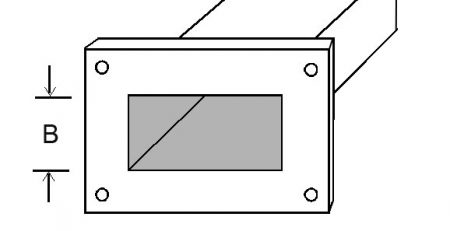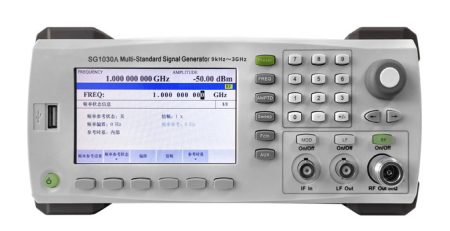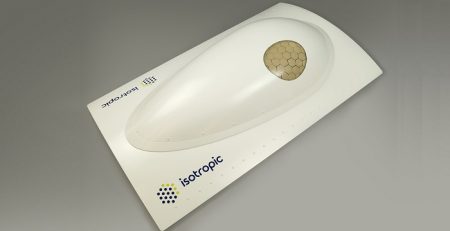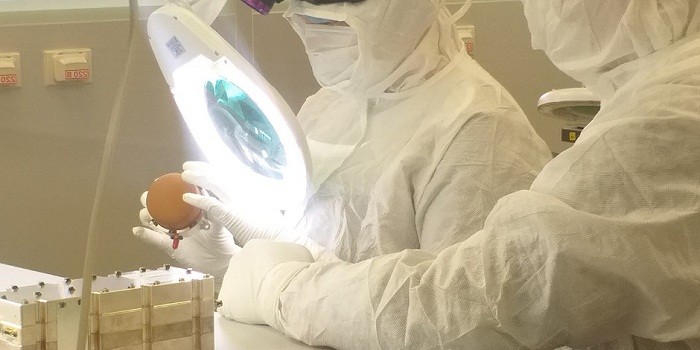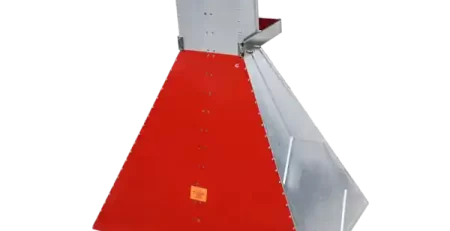Why RF Switches Are Essential for Reliable 5G and IoT Communication?
 What Makes RF Switches Crucial in 5G and IoT?
What Makes RF Switches Crucial in 5G and IoT?
The Role of RF Switches in Signal Routing
RF switches are an essential element in the rapidly evolving wireless communication field that ensures efficient signal routing. RF switches are used for controlling the direction of high-frequency signals between different circuits, antennas, or subsystems. RF switches ensure that signals are correctly routed with minimal loss in 5G and IoT networks, where multiple frequency bands and communication standards prevail.
RF switches are instrumental in managing the more complex radio architectures of modern devices. Because 5G systems operate on a wide range of frequency bands—from sub-6 GHz to millimeter-wave (mmWave) spectrums—RF switches must ensure seamless transition between bands. This helps to maintain uninterrupted connectivity and optimize spectrum use.
The need for quick data transfer and super-low delays in 5G networks demands parts that can change frequencies fast without harming signal quality. RF switches make this possible. They let devices pick the best signal path based on the network, location, or app needs. This keeps connections smooth and reliable.
In IoT setups, devices often work in low-power modes and connect only sometimes. RF switches help maintain steady links by smartly managing antenna choices and signal paths. For instance, a smart sensor might switch between Bluetooth Low Energy (BLE), Wi-Fi, and cellular networks depending on its task. High-quality RF switches handle this without needing manual changes or losing performance.
How RF Switches Improve Network Performance
Enhancing Signal Integrity in Complex Systems
Clear signals are essential in high-frequency setups like 5G base stations or IoT gateways. Poor signal routing can cause interference, crosstalk, or weakening of signals. These issues hurt performance a lot. Top-notch RF switches reduce insertion loss and boost isolation between channels. This keeps signals strong and clear.
RFecho provides a wide variety of RF switch products built for tough tasks. Our SPDT (Single-Pole Double-Throw) and SP4T (Single-Pole Four-Throw) switches have excellent insertion loss, as low as 0.2 dB at microwave frequencies. This ensures great signal transmission, even in crowded systems.
Reducing Latency in Real-Time Applications
Low delay is a big deal for apps like self-driving cars, remote surgeries, or factory automation. These rely on instant data sharing over 5G or IoT networks. Fast switching is key to cutting delays during frequency changes or antenna adjustments.
RFecho’s solid-state RF switches offer super-fast switching times, down to nanoseconds. They stay reliable for millions of cycles. These traits make them perfect for real-time apps where every tiny moment matters. By speeding up switching, our products improve responsiveness and user experience across many uses.
Where Are RF Switches Used in 5G and IoT Devices?
Smartphones and Wearables
Today’s smartphones come with multiple antennas for standards like LTE, 5G NR (New Radio), Wi-Fi 6/7, NFC, GPS, and Bluetooth. To handle this in small spaces, makers use tiny but strong RF switches that manage multiple frequency bands well.
Wearables, like smartwatches, also gain from small RF switches. These support connectivity and save power. RFecho offers ultra-compact surface-mount packages that fit easily into tight designs without losing performance.
 Smart Home and Industrial IoT Devices
Smart Home and Industrial IoT Devices
From smart thermostats to factory sensors, IoT devices need dependable communication parts that adapt to different networks. Whether it’s Zigbee for home systems or LoRaWAN for long-range factory monitoring, RF switches let devices switch between methods smoothly.
RFecho’s custom solutions fit these varied needs perfectly. We provide tailored switch designs for specific cases, like smart meters or predictive maintenance systems. This helps customers save money while achieving top technical results.
 What to Consider When Choosing an RF Switch?
What to Consider When Choosing an RF Switch?
Frequency Range and Insertion Loss
The frequency range of an RF switch must match the application’s needs. For example, mmWave 5G setups may need parts that work up to 40 GHz or more. Insertion loss is also key. Lower loss means better signal strength.
RFecho’s product line covers frequencies from DC to 67 GHz with very low insertion losses. This makes them great for sub-6 GHz cellular systems and high-frequency radar uses.
Isolation, Linearity, and Switching Speed
High isolation stops signals from mixing, which is vital when many signals are close together. Linearity ensures the switch handles different signal strengths without distortion. This matters for systems with wide signal ranges, like base stations.
Switching speed affects how quickly a device can change states. This is critical for time-sensitive tasks in edge computing or self-driving platforms. RFecho’s designs balance isolation, linearity, and speed well in both standard and custom products.
Packaging Options for Compact Designs
Size limits are common in consumer gadgets and embedded systems. Choosing the right package, like QFN (Quad Flat No-lead) or die-level packaging, affects how easily parts fit and manage heat.
RFecho offers various packaging options, including sealed metal housings for tough conditions and chip-scale packages for small electronics. Our team works with clients to create custom packaging that meets their production needs.
How Do RF Switch Technologies Compare?
Solid-State vs. Electromechanical Switches
Solid-state RF switches switch faster, last longer (often over a billion cycles), and are smaller than electromechanical switches, which use physical contacts that wear out over time. Solid-state options also fit better into modern designs.
However, electromechanical switches are still used when very high power or super-low insertion loss is needed for narrow frequency ranges, like in test equipment or satellite systems.
RFecho makes both solid-state and electromechanical models. This gives customers choices based on their needs for speed, durability, power handling, or cost.
MEMS-Based Solutions for Advanced Applications
Micro-Electro-Mechanical Systems (MEMS) technology mixes tiny mechanical parts with chip-making methods to create precise switching elements. MEMS RF switches offer great linearity, isolation, and low power use. These traits are perfect for battery-powered IoT devices or beamforming arrays in mmWave systems.
RFecho invests in MEMS research through team projects to build next-generation switch designs. These will support future wireless standards, like 6G terahertz systems.
Who Is RFecho and How Can They Help?
Overview of RFecho’s Product Offerings
RFecho is a trusted maker of high-quality microwave parts, including coaxial isolators, circulators, directional couplers, hybrids, filters, duplexers, and waveguide-based solutions. All are made under strict quality rules, meeting standards like ISO9001:2015.
Our catalog offers more than standard parts. We provide detailed documents, like S-parameter files, on request. We also offer engineering help throughout your project.
Custom Solutions for 5G and IoT Projects
Every project has unique challenges, from harsh environments to small space limits. RFecho focuses on custom services to meet exact client needs.
Our team works with engineers from idea to prototype to mass production. We offer custom filters in modular enclosures or multi-port switch matrices built to your layout. Whether you’re designing a tiny wearable or rugged industrial sensors, RFecho delivers reliable results with expert engineering and years of experience in microwave technology.

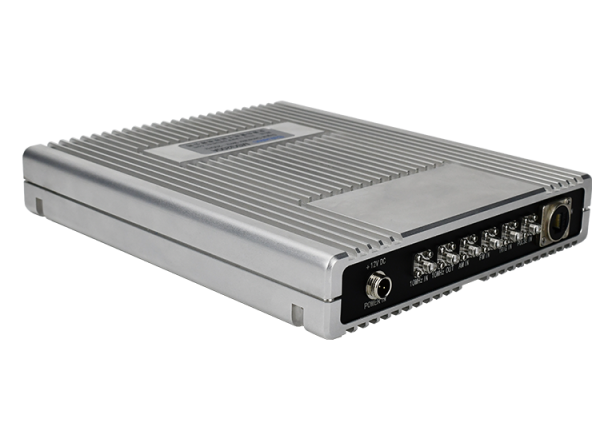
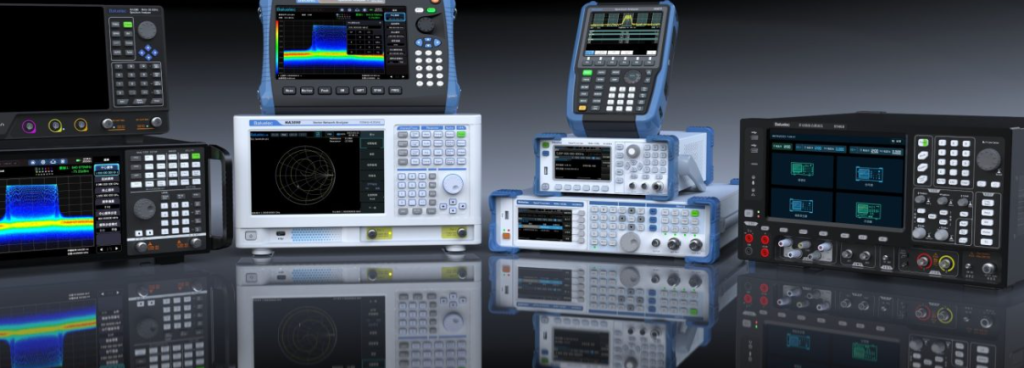 What Makes RF Switches Crucial in 5G and IoT?
What Makes RF Switches Crucial in 5G and IoT?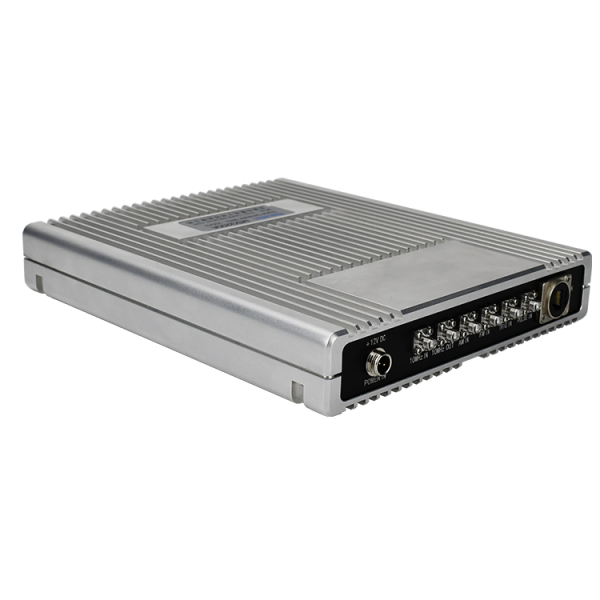 Smart Home and Industrial IoT Devices
Smart Home and Industrial IoT Devices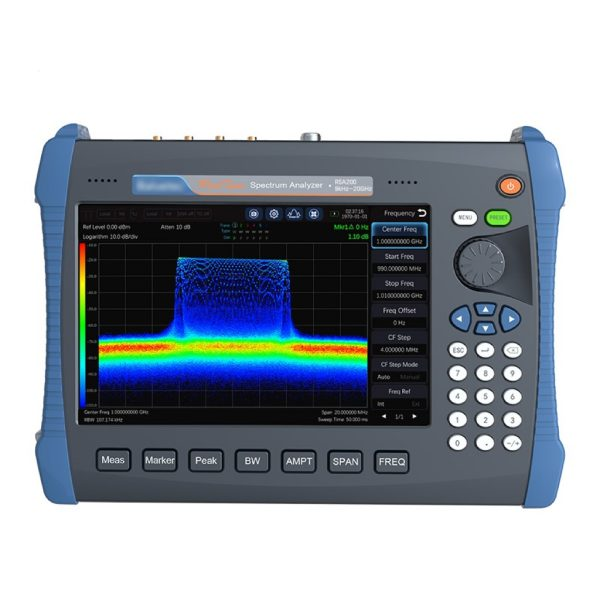 What to Consider When Choosing an RF Switch?
What to Consider When Choosing an RF Switch?